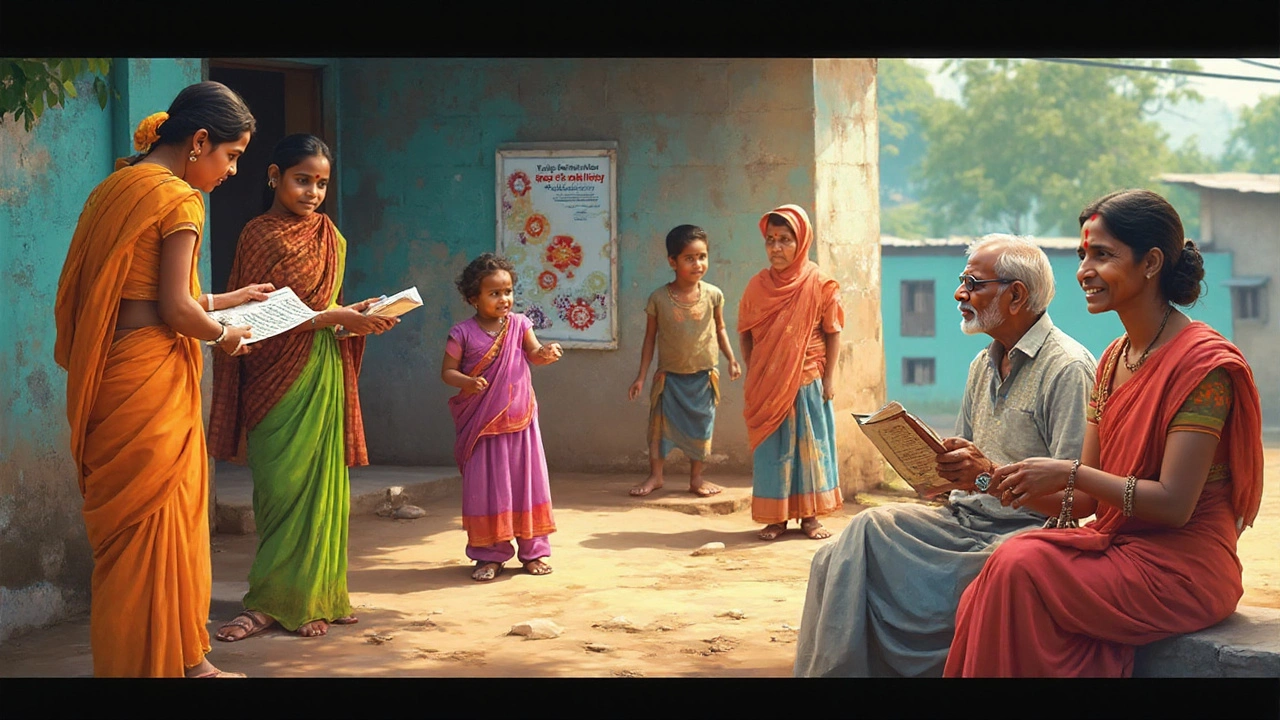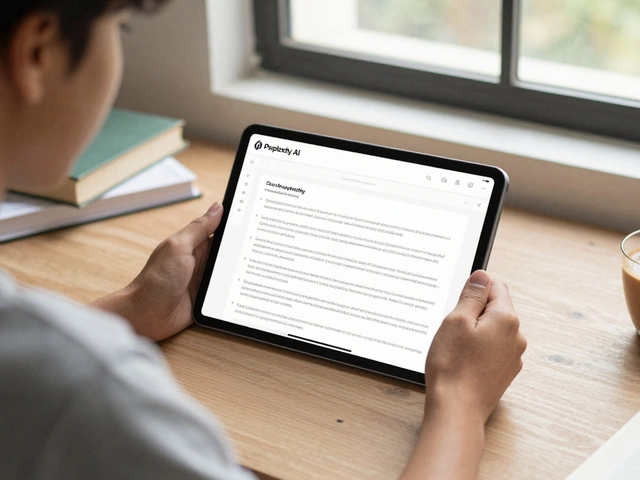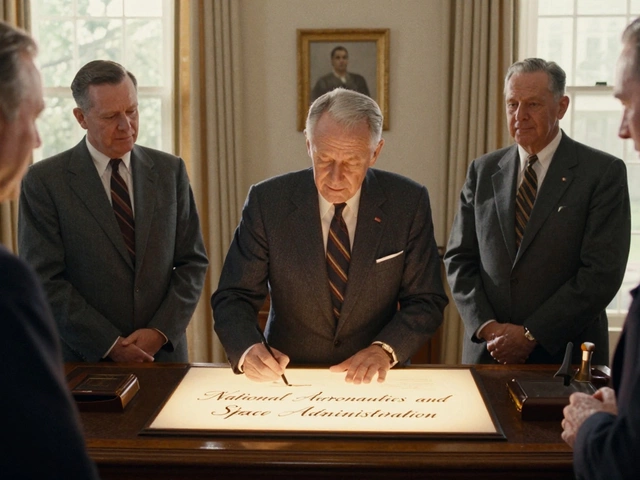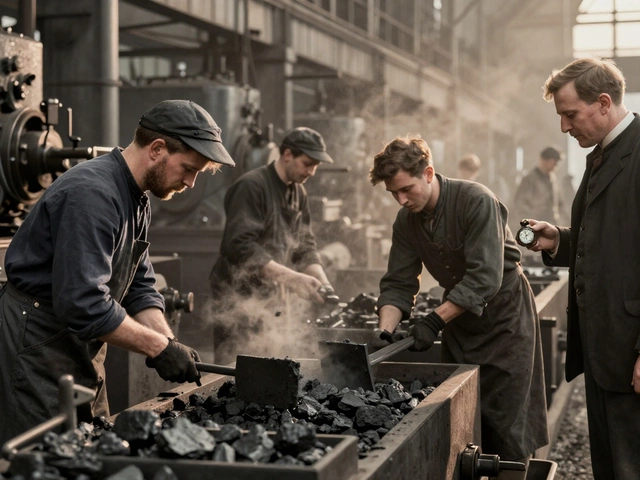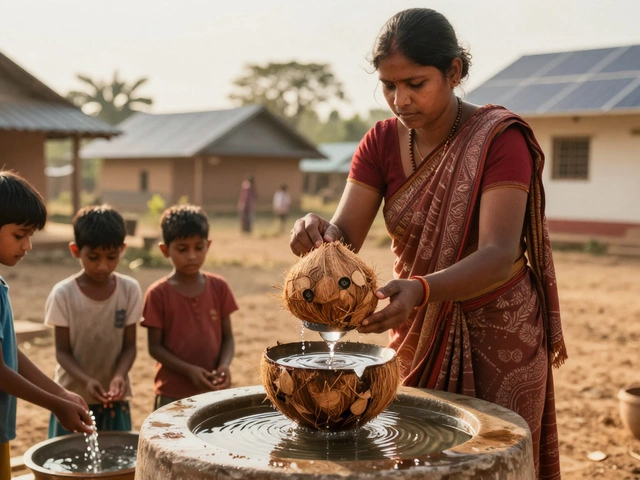You’d probably never guess that one of the biggest heroes behind longer life spans isn’t a fancy machine or miracle drug—it’s the way we think about health, as an entire community. “Public health models” might sound like something only textbooks care about, but they’re totally connected to the air you breathe, the food you eat, and even how long you can expect to live. Without these models, even the best hospitals and doctors would spend their time putting out fires, instead of stopping the sparks before disaster strikes.
What Are Public Health Models, Really?
Public health models are ways of organizing how we approach health—not just in hospitals, but across entire cities, towns, and even countries. Unlike clinics that focus on treating sick people one by one, these models zoom out and think bigger: how can we keep whole populations from getting sick in the first place? Instead of only reacting to disease, they prioritize prevention, education, and policy. You can think of them as the blueprints behind the world’s best campaigns for seatbelts, vaccines, clean water, and smoke-free public places.
There are several classic public health models, but the main idea is always to understand the causes behind illness and to design systems that catch issues before they spread. The Ecological Model, for example, breaks down influences into different layers: from genetics and behavior to friends, workplaces, and entire neighborhoods. Then there’s the Prevention Model, which divides action steps into primary (stopping disease before it starts), secondary (catching it early), and tertiary (helping people manage ongoing problems). The Social Determinants of Health Model goes even wider—it focuses on basic things like where people live, their jobs, their schooling, and whether they can access groceries or safe parks. And here’s the thing: data shows that most of what determines your wellbeing happens outside the doctor’s office.
Public health models are more than clever diagrams for academics; they’re the backbone of actual, practical programs. For example, India’s polio eradication campaign was built on understanding how viruses move through crowded communities and on spreading vaccination teams through every tiny village—not just waiting for patients to show up with symptoms. The massive success? India’s officially polio-free and millions of children spared the disease, thanks to the model behind the action.
Here’s a quick way to compare a few core models in action:
| Model Name | Main Focus | Typical Use |
|---|---|---|
| Ecological Model | Influence of multiple layers (individual, social, environment) | Shaping community-wide programs, urban policy |
| Prevention Model | Stages of prevention (primary/secondary/tertiary) | Designing campaigns like routine screenings, vaccination |
| Social Determinants Model | Impact of social, economic, environmental factors | Policy-making, reducing inequality, improving access |
So, next time you hear someone compare individual medicine to public health, just remember: one is about helping people after they get sick, while these models are about creating a world where far fewer people get sick in the first place.
How Public Health Models Make a Difference in Daily Life
It’s easy to miss the silent work of public health models while you’re stuck in traffic or making your morning chai, but they shape daily life in sneaky, important ways. Flip the tap? You trust clean water flows, thanks to a model ensuring treatment and checks at every step. Traveling on Bengaluru roads with helmets and seatbelts enforced? That’s another model in action, predicting and reducing injuries. These practical protocols aren’t just bureaucratic boxes—they’re mapped out for specific, scientifically sound reasons based on data, studies, and real-world experiences.
Take vaccinations: why do we vaccinate against certain diseases in early childhood—and others at school age or adulthood? Behind these schedules is a public health model calculating when people are most at risk, how diseases spread, and how to reach the largest number of people quickly. The same logic guides cancer screening camps, flood preparedness policies, anti-smoking advertisements, and why some foods must have iron and iodine added. Every time you see a graphic warning on a cigarette pack, know that it’s the product of privacy research showing those images make a measurable difference for preventing health hazards among smokers.
Plenty of the big public health wins came from merging science with policy. Take the fight against dengue and malaria in India. Models predicted when mosquitoes would breed most (seasonal monsoon, stagnant water), guided clean-up drives, and focused on distributing bed nets or larvicide at peak times. These moves, based on mapping and risk modeling, helped cut disease rates year after year. Even playground design gets caught up: public health experts recommend softer surfaces after finding hard cement under swings led to more broken arms. Many people are alive, healthy, and free of scars they might not even know they could have had, all due to quiet, persistent modeling behind the scenes.
If you look around at big changes—like the smoking ban in restaurants, public mask mandates during the Covid-19 pandemic, or fortifying popular snacks with vitamins—they only happen because models show the benefits outweigh the costs. Numbers matter here. The World Health Organization reported that anti-tobacco laws in over 40 countries led to a 15% drop in smoking rates. Meanwhile, when New Delhi switched to cleaner public buses, nitrogen oxide and toxic air particles dropped as air quality models had forecasted. These stories play out everywhere, not just in western countries but across cities like Bangalore, Mumbai, and rural heartlands, tailored to the challenges and habits of local communities.
Wondering why you could walk into a big market and see posters warning about hand hygiene, especially during monsoon or flu season? That’s another data-driven model in play, predicting outbreaks and targeting the riskiest seasons or neighborhoods. It’s not flashy work, but it’s work that pays off in quieter hospitals and fewer lost schooldays.
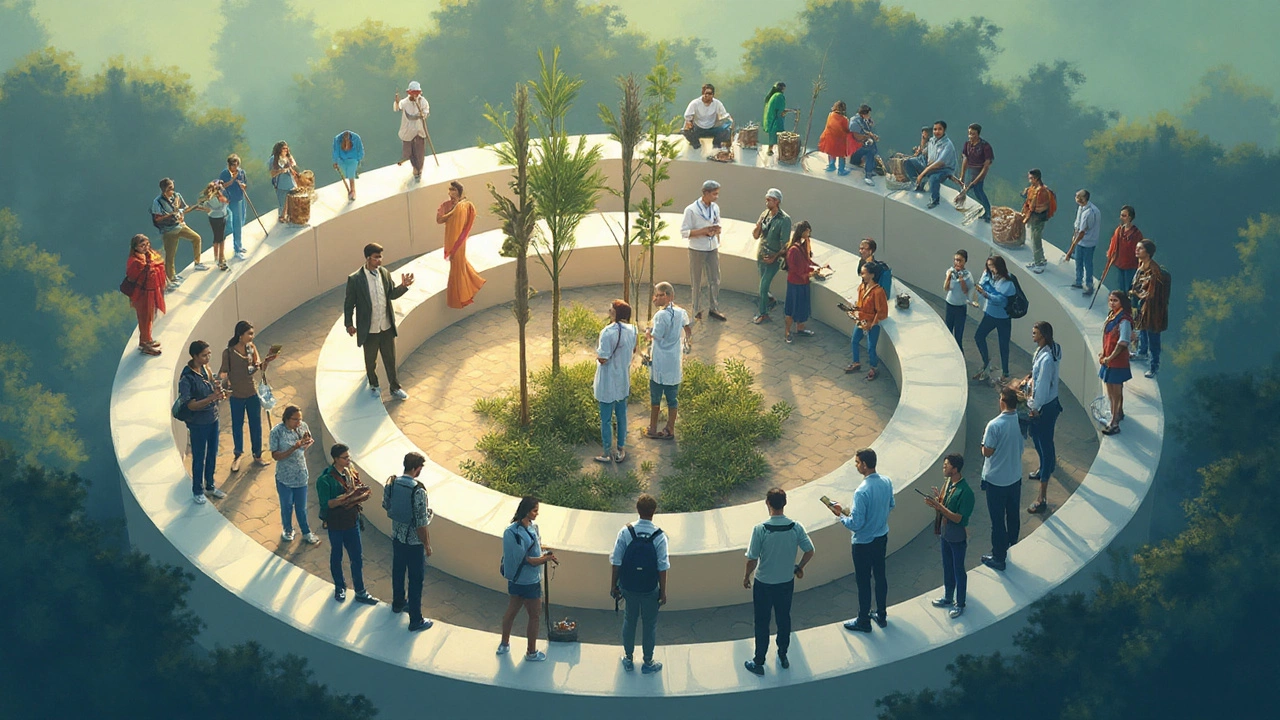
Examples of Public Health Models Changing the Game
Stories make models real. During the early 2000s, Kerala used the Ecological Model to shape its campaign against heart disease. Officials looked at not just medical factors, but the role of diets high in coconut oil, sedentary jobs, and even family social pressures on eating. The model shaped media messages, healthy eating drives at schools, and workplace yoga breaks. Over a decade, Kerala flipped from having the nation’s fastest-rising rates to the slowest growth in cardiac deaths, showing how wide, layered planning really works.
Bangalore faced a surge in traffic injuries. Using the Social Determinants Model, authorities started digging. They mapped which neighborhoods saw the worst bike crashes, then changed road signage, ran helmet education drives, and adjusted police patrols at peak hours. Injuries dropped by nearly a quarter over five years—not because there were more ambulances, but because the city interrupted the chain of events before the crash ever happened.
Here’s a different case: During the Covid-19 pandemic, India used predictive modeling to plan lockdowns by district, direct vaccines to aged populations first, and set up mobile testing in slum areas with little space for social distancing. The whole process involved tracking not just symptom reports but also population density, economic necessity, and hospital bed capacities—layers straight out of a public health model. Case numbers and fatalities didn’t just depend on medical equipment, but on leaders acting on the right models day by day.
If you’ve ever noticed billboards warning about waterborne disease outbreaks after the monsoon—or wondered why certain villages get extra insecticide the moment flooding starts—it’s because real-time models crunch rainfall, temperature, prior year cases, and population density. These aren’t wild guesses. Officials use phone surveys, satellite data, even temperature logs from rural clinics to build increasingly accurate predictions. They spot trouble and move early, cutting cases in places untouched by glitzy private hospitals.
Sometimes, the impact is simple but vast. In rural Rajasthan, community health workers blend several models: the Prevention Model to organize vaccination days, Ecological Model for addressing open defecation and handwashing, and Social Determinants Model to tackle girls’ school dropout—a known link to early marriage and poor maternal health. As a result, entire generations grow up not just healthy, but with the knowledge to keep disease at bay for the next wave of children.
Tips for Understanding and Using Public Health Models in Everyday Life
You don’t need to be a doctor or policymaker to benefit from the thinking behind public health models. In fact, most people already use these ideas, even if they don’t know it. Think about the times you planned for a family trip and checked vaccines, picked hand sanitizer for crowded train rides, or avoided open drains in monsoon season. That’s the Prevention Model in your pocket—spotting risks and acting early.
If you want to use public health principles more intentionally, start with these tips:
- Look for patterns. If kids at a school get sick after sharing water bottles, the problem isn’t just treating one child, but changing the habit or improving access to safe water for all.
- Ask questions about your community: Are there public parks? Fresh food stores? Good public transport? These shape the Social Determinants of Health—and your risks for everything from obesity to pollution-related illness.
- When choosing health insurance, check if it covers screenings and preventive care, not just emergency fixes. Prevention is almost always cheaper (and less painful) than treatment.
- Get involved: Good models work best with real-life feedback. City clean-up drives or waste segregation campaigns rely on residents watching what works and flagging problem spots government programs might miss.
- Stay updated on local health initiatives by following your municipality’s social media or health department bulletins. These often reflect decisions based on data-driven modeling about local needs.
To see models in action, check out how government and private schools now have required annual health check-ups. The trend came after child health models showed major gaps in detection of anemia, vision, and dental problems. Early identification means early action—more days spent learning and playing, fewer at clinics. Or notice how many companies host yoga meditation sessions and offer counseling hotlines—mental wellness models flagged workplace stress as India’s silent epidemic, so many bosses are finally catching up.
India, like most countries, is always adapting. Newer threats—air pollution, lifestyle diseases, digital addiction—push model-makers to get creative and local. In Bangalore, for example, pollution sensors track minute-by-minute air quality, and city planning now centers on green spaces as much as bus routes. Public health models may not be dramatic headline-grabbers, but they work harder behind the scenes than most of us will ever know. By thinking like a public health expert—even on a small scale—you make your life, and everyone else’s, just a bit safer and healthier.
